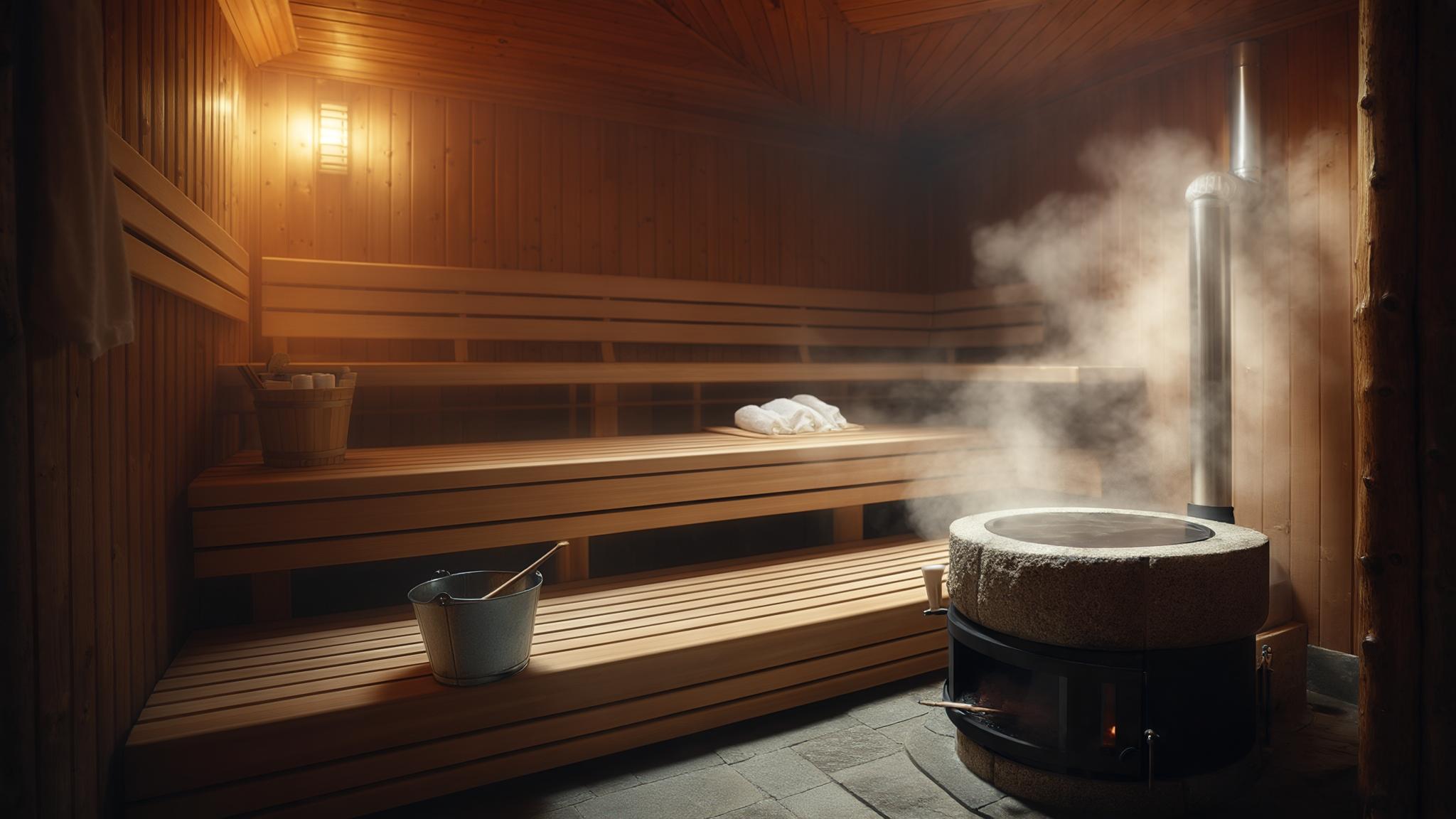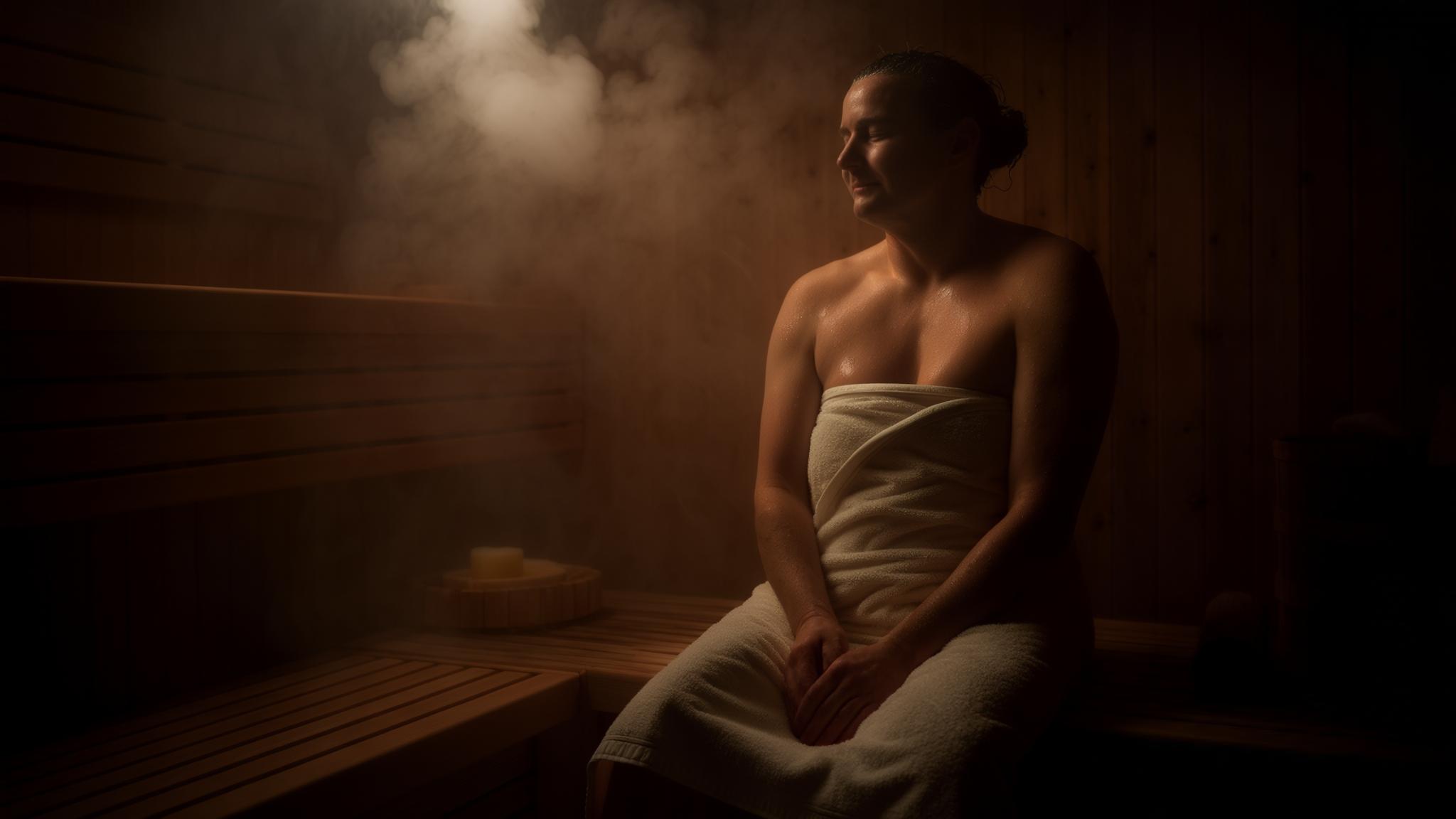Table of Contents
- Your Body Literally Reacts Differently to Each Type
- The Invisible Stuff That’s Actually Happening (But Nobody Talks About)
- The Gross (But Important) Stuff: What’s Living in Your Sauna
- Training Your Body’s Energy Systems (Without Getting Too Weird About It)
- How to Actually Do This Stuff (The Real-World Guide)
TL;DR
- Your cells don’t just “get hot” – they respond completely differently to dry versus wet heat, creating unique stress responses that affect everything from protein repair to energy production
- Water vapor acts like a filter for healing infrared light and creates way more mood-boosting negative ions than dry air
- Different humidity levels create totally different microbial environments – both can be beneficial when you understand how to work with them
- Strategic sauna choice can train different aspects of your cellular energy systems, kind of like choosing between sprint training and endurance work
- The best protocol is whatever you’ll actually stick with consistently – start comfortable, then experiment based on what your body needs
Look, I’ll be straight with you – I used to think saunas were just hot rooms where you sweat a lot. Dry sauna, wet sauna, whatever. As long as I was sweating, I figured I was getting the benefits, right?
Turns out I was completely wrong. And the differences go way deeper than just “one feels steamier.”
Your Body Literally Reacts Differently to Each Type
Here’s what blew my mind: your cells don’t just “get hot” in a sauna. They actually respond in completely different ways depending on whether you’re in a dry sauna (think traditional Finnish-style) or a wet sauna (steam room).
According to research, traditional dry saunas typically operate at temperatures ranging from 160-200°F with humidity levels between 5-30%, while wet saunas (steam rooms) maintain temperatures around 90-120°F with humidity approaching 100%. The difference in humidity levels between dry and wet saunas leads to distinct health benefits Epic Hot Tubs explains. It’s not just about comfort – these create totally different training environments for your body.
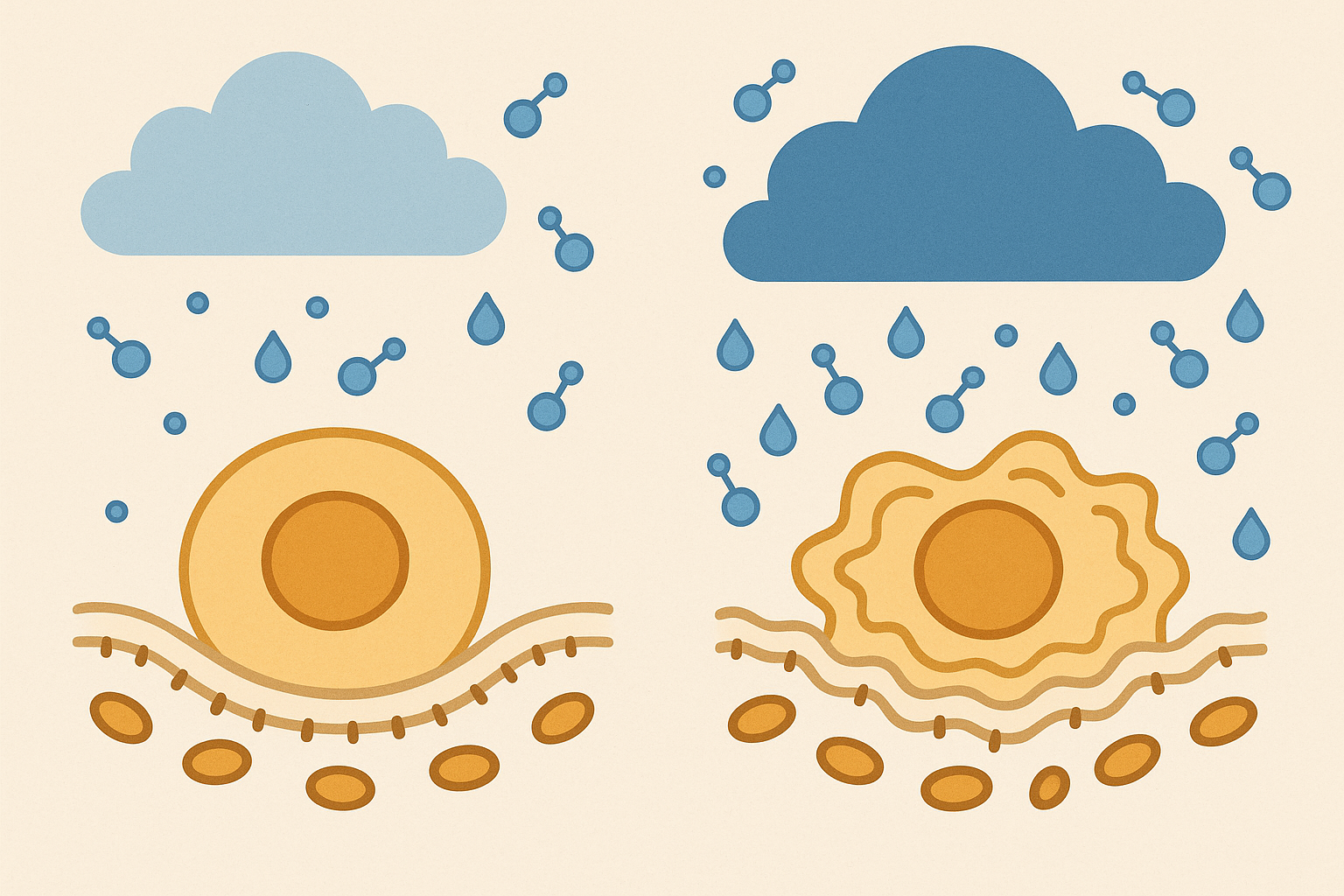
What’s Really Happening Inside Your Cells
In a dry sauna, your cells go into “water conservation mode.” They’re working overtime to keep from drying out, activating all these tiny water channels (called aquaporins) to hold onto every drop of moisture they can.
Understanding the fundamental differences between these environments becomes clearer when you explore what defines a traditional Finnish sauna and its dry heat characteristics. The dry sauna vs wet comparison goes much deeper than surface-level comfort preferences. When you understand what is a dry sauna at the cellular level, you realize you’re choosing between two distinct biological training programs.
In a wet sauna? Your cells can relax about water loss and focus their energy elsewhere. That’s why people often feel less wiped out after steam sessions compared to dry sauna sessions of the same length.
I tested this myself – after a 15-minute dry sauna session at 180°F, I felt like I needed to chug water and take a nap. After 20 minutes in a steam room at 110°F, I felt relaxed but not drained. Now I know why.
| Sauna Type | Humidity Level | Temperature Range | How Your Cells React |
|---|---|---|---|
| Dry Sauna | 5-30% | 160-200°F | Water conservation overdrive |
| Wet Sauna | 80-100% | 90-120°F | Relaxed hydration, energy elsewhere |
| Infrared Sauna | 5-15% | 120-140°F | Direct tissue heating |
Your Emergency Repair Crew Gets Different Workouts
When you stress your cells with heat, they send out these emergency repair proteins (heat shock proteins) to fix any damage. Dry heat triggers these faster and more intensely. Wet heat creates a gentler, more sustained response.
Think of it like this:
- Dry sauna: Sprint training for your cells
- Wet sauna: Endurance training for your cells
Both are valuable, just different. Sarah uses a dry sauna at 180°F for 15 minutes after workouts, triggering rapid cellular repair for athletic recovery. Meanwhile, Tom prefers a wet sauna at 110°F for 20 minutes, creating sustained protein improvements that enhance long-term cellular health. Both are getting benefits, but they’re training different aspects of their cellular repair systems.
Your Breathing Changes More Than You’d Think
This one caught me off guard. In a wet sauna, I can breathe deeply without that burning sensation in my throat. The moisture keeps your airways comfortable, so you can actually relax and breathe normally.
Dry saunas? They’re tougher on your respiratory system at first, but here’s the thing – they build resilience over time. It’s like training at altitude. Uncomfortable initially, but your breathing capacity improves with regular use.

Your Sweat Actually Evolves
This is wild – regular dry sauna users develop more concentrated sweat. Their bodies get better at holding onto electrolytes while still cooling down effectively. This adaptation can take months to develop, but once it happens, you’ll notice you can handle longer sessions without feeling depleted.
Wet sauna users maintain more dilute sweat but tend to stay better hydrated overall. Your body adapts to whatever you consistently expose it to. I find it fascinating how your body learns – wet sauna regulars often report feeling more hydrated overall, even outside their sauna sessions.
The year-round benefits of consistent sauna practice become evident as saunas provide perfect wellness practice regardless of season, allowing your heat tolerance to develop continuously. Whether you choose wet sauna sessions or dry heat exposure, consistency matters more than perfection.
The Invisible Stuff That’s Actually Happening (But Nobody Talks About)
Your Sauna Is Like a Different Planet (Electromagnetically Speaking)
Okay, this gets a bit nerdy, but stick with me because it’s actually pretty cool. The air in your sauna isn’t just hot – it’s buzzing with different types of invisible energy (infrared radiation). And here’s the kicker: wet and dry saunas create completely different electromagnetic environments.
Think of it like this – water vapor acts like a filter for certain types of healing light. In a steam room, the water molecules floating around absorb some wavelengths while letting others through. It’s like the difference between direct sunlight and sunlight filtered through clouds.
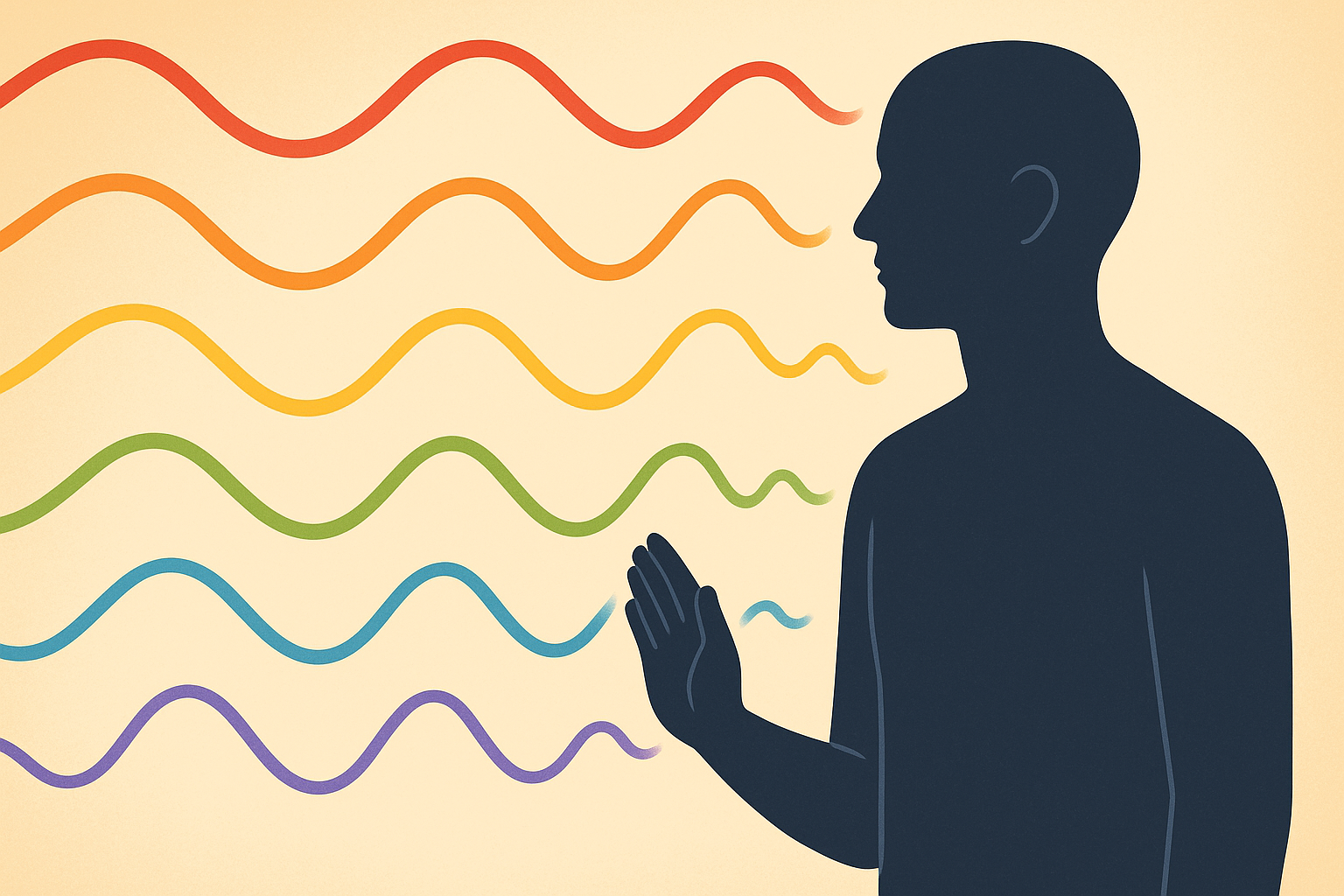
I never thought about this until I started wondering why I felt different after steam sessions versus dry sauna sessions, even when I spent the same amount of time in each. Turns out, I was literally getting different types of “light therapy” without realizing it.
Recent research on infrared sauna technology has shown promising results for muscle recovery. A 2023 study found that infrared saunas use light to heat up the body directly, requiring a much lower temperature, closer to 140 degrees Fahrenheit compared to traditional saunas, according to Yoga Journal’s comprehensive review. Wet sauna environments modify how these infrared wavelengths interact with your body, potentially creating different healing outcomes than dry infrared exposure.
The Ion Thing (And Why You Feel Amazing After Steam)
Ever notice how you feel mentally clearer after a good steam? There’s actually science behind this. Wet saunas can produce 10-50 times more negative ions than dry saunas. These are the same ions you get near waterfalls or after thunderstorms – the ones that make you feel refreshed and mentally sharp.
I used to think this was just placebo effect, but after tracking my mood and mental clarity for a few months, there’s definitely something to it. Steam sessions consistently leave me feeling more emotionally balanced than dry sauna sessions of the same length.
The Gross (But Important) Stuff: What’s Living in Your Sauna
Your Sauna Has Its Own Ecosystem
Here’s something most people never think about – your sauna is home to millions of tiny organisms. Before you get grossed out, some of these are actually good for you. The humidity level determines which ones thrive, and that affects your health more than you’d expect.
Dry saunas favor tough, heat-resistant microbes that can actually help strengthen your skin’s natural defenses. Wet saunas, when properly maintained, can cultivate beneficial bacteria that naturally fight off the bad guys.
The key phrase here is “properly maintained.” A well-ventilated, clean steam room can actually be cleaner than you’d think. A poorly maintained one… well, that’s a different story.

Why I’m Not Scared of Steam Room Germs Anymore
I used to be paranoid about steam rooms being germ factories. Then I learned that the combination of heat and humidity actually kills most viruses pretty quickly. Many of the bugs that make you sick can’t survive in a properly heated steam environment.
That said, I still follow basic hygiene – sit on a towel, shower before and after, and avoid obviously dirty facilities. Common sense goes a long way.
Training Your Skin’s Defense System
By strategically alternating between dry and wet sauna sessions, you can actually train your skin’s microbial ecosystem for better health. Maria follows a weekly protocol that demonstrates this: Monday and Wednesday dry sauna sessions (180°F, 15 minutes) to stress-test her skin microbiome, followed by Friday steam sessions (110°F, 20 minutes) to provide recovery moisture. This cycling approach has improved her skin health and seasonal illness resistance over six months.
The stress-recovery cycle strengthens beneficial microorganisms while eliminating weaker, potentially harmful ones. It’s like interval training for your skin’s defense system.
Training Your Body’s Energy Systems (Without Getting Too Weird About It)
Your Cells Have Tiny Power Plants
Every cell in your body has these little energy factories called mitochondria. Different types of heat stress train these power plants in different ways. It’s like the difference between sprint training and distance running – both make you fitter, but they work different energy systems.
The wellness benefits extend beyond just the session itself, as a little heat creates a lot of happiness through these energy optimization pathways. When you understand how dry sauna vs wet sauna environments affect your cellular energy systems, you can make strategic choices based on your specific goals.

Dry sauna: Forces your cellular power plants to work efficiently under tough conditions (like high-altitude training)
Wet sauna: Provides gentler conditions for recovery and repair (like active recovery days)
I started thinking about my sauna sessions as training for my cells, not just sweating for the sake of sweating. It changed how I approached my sessions completely.
The Fat Burning Thing Everyone Asks About
Look, saunas aren’t magic weight loss machines. But they can help train your body to burn fat more efficiently, especially dry saunas combined with fasting (if that’s your thing).
The stress of dry heat forces your body to get better at using stored fat for fuel. I’ve noticed this personally – after a few months of regular dry sauna use, I felt more energetic during fasted workouts.
Wet saunas seem better for improving how your body handles blood sugar, which is great if you’re dealing with metabolic issues. The humid environment creates thermal stress without the extreme dehydration challenge of dry heat, allowing for longer sessions that provide sustained metabolic benefits.
Research indicates that infrared saunas can reach temperatures up to 160 degrees within 10 minutes, while traditional dry saunas typically require 35 minutes to reach 190 degrees. A lot of the research shows that the best temperature to reap the most benefits from a sauna is above 176 degrees for a 20-minute session according to sauna expert Thomas Barbeau, CSCS. Understanding these temperature differences helps explain why dry vs wet sauna environments create different metabolic demands.
How to Actually Do This Stuff (The Real-World Guide)
Figuring Out What Your Body Needs
Making the right choice for your specific needs becomes easier when you understand why a sauna belongs in your home and how different environments serve different purposes. The dry sauna vs wet sauna decision becomes clearer when you match environment characteristics to your personal health objectives.

Go with wet sauna if you:
- Have respiratory issues (asthma, allergies)
- Are new to saunas
- Have heart conditions (always check with your doctor first)
- Want to relax and de-stress
Choose dry sauna if you:
- Want maximum cardiovascular training
- Are focused on athletic performance
- Want to build serious heat tolerance
- Prefer shorter, more intense sessions
| Health Situation | Best Choice | Temperature | Session Length | Why It Works |
|---|---|---|---|---|
| Heart Issues | Wet Sauna | 100-110°F | 10-15 minutes | Gentler cardiovascular stress |
| Breathing Problems | Wet Sauna | 90-120°F | 15-20 minutes | Moisture helps airways |
| Athletic Recovery | Dry Sauna | 170-190°F | 15-20 minutes | Maximum adaptation benefits |
| Skin Conditions | Wet Sauna | 100-115°F | 10-20 minutes | Hydration benefits |
| General Wellness | Either Type | Varies | 15-25 minutes | Personal preference rules |
According to recent outdoor sauna reviews, traditional saunas can reach temperatures approaching 200 degrees, with dry saunas typically ranging between 150°F to 195°F with humidity often below 20% while wet saunas operate “between 90°F and 120°F with humidity close to 100%”. These temperature and humidity differences significantly impact comfort and adaptation potential.
My Personal Protocol (After Way Too Much Experimenting)
I’ve settled into this routine that works great:
Monday/Wednesday: Dry sauna, 15 minutes at 180°F after workouts
Friday: Steam room, 20 minutes at 110°F for recovery
Sunday: Whatever feels right that day
The key is consistency over perfection. I’d rather do 10 minutes regularly than aim for 30-minute sessions I’ll skip half the time.
My Progression Method (That Actually Works)
Week 1-2: Start easy – 10 minutes, whatever temperature feels comfortable
Week 3-4: Add 2-3 minutes, increase temp slightly
Week 5-8: Find your sweet spot and stay consistent
Month 2+: Start experimenting with different types and timing
Don’t be a hero. I tried to jump straight into 20-minute sessions at max temp and felt terrible for hours afterward. Your heat tolerance builds gradually.
Timing That Fits Real Life
The flexibility of home sauna ownership allows you to experiment with these timing protocols, which is one reason HETKI saunas stand out for their customizable heating options and precision control systems. Wet sauna sessions can be optimized for different times of day to maximize specific benefits.
Morning person? Dry sauna (6-8 AM) for energy and focus
Evening relaxer? Steam room (6-8 PM) for better sleep
Post-workout? Dry sauna within 30 minutes of finishing
Stressful day? Steam room whenever you can fit it in
The best protocol is the one you’ll actually stick with. I’d rather see you do 10 minutes consistently than plan elaborate 45-minute sessions you’ll skip.
Optimal Timing Template:
- Morning Activation (6-8 AM): Dry sauna, 15-20 minutes, 175-185°F
- Pre-Workout (30-60 min before): Light dry sauna, 10 minutes, 160°F
- Post-Workout (within 30 min): Dry sauna, 15-20 minutes, 180°F
- Evening Relaxation (6-8 PM): Wet sauna, 20-25 minutes, 110-115°F
- Pre-Sleep (2 hours before bed): Gentle wet sauna, 15 minutes, 105°F
The growing popularity of home saunas has led to innovative outdoor solutions. Recent market analysis shows that outdoor saunas can provide some unique benefits including “space savings” and “relaxing scenery” according to BarBend’s comprehensive home sauna testing, with prices ranging from budget-friendly options under $400 to premium models exceeding $10,000. This accessibility makes it easier to implement advanced timing protocols with wet sauna sessions integrated into daily routines.

The Advanced Stuff (For When You’re Ready)
Once you’re comfortable with basic sessions, you can get fancy:
Contrast therapy: 10 minutes dry sauna → 5 minutes steam → cold shower. Repeat.
Professional athlete Jake follows an advanced contrast protocol: 10 minutes dry sauna (185°F), 7 minutes steam room (115°F), 2 minutes cold plunge (50°F), repeated twice weekly. This sequence maximizes both cellular repair activation and cardiovascular adaptation while maintaining optimal recovery between training sessions.
Seasonal adjustment: More steam in winter (when the air is dry), more dry sauna in summer (to build heat tolerance).
During dry winter months, incorporating more wet sauna sessions helps maintain optimal respiratory and skin health. Summer periods may benefit from increased dry sauna use to build heat tolerance for environmental conditions you’ll face outdoors.
Cycle with your energy: High-energy days = dry sauna challenge. Recovery days = gentle steam.
What to Expect (The Real Timeline)
Week 1: Everything feels intense, you’ll be tired after
Week 2-3: Start feeling more comfortable, less exhausted
Month 2: Notice better sleep, stress tolerance
Month 3: Heat tolerance improves significantly
Month 6+: It becomes a non-negotiable part of your routine
Common Mistakes I Made (So You Don’t Have To)
- Starting too hot, too long: Begin with shorter sessions at lower temps
- Not hydrating properly: Start drinking water 30 minutes before your session
- Ignoring how I felt: Your body will tell you what’s working
- Being too rigid: Some days you need gentle steam, others you want intense dry heat
Special Considerations for Different People
Women: You may find wet saunas more comfortable during certain menstrual cycle phases due to hormonal influences on heat regulation. Dry saunas might be more beneficial during other phases for optimizing different aspects of hormonal balance – individual tracking helps here.
Hormonal fluctuations affect heat tolerance, sweat production, and cardiovascular responses to thermal stress. Wet sauna sessions may provide more consistent comfort across different cycle phases due to their gentler physiological demands.
HETKI Sauna’s customizable Finnish saunas can accommodate these advanced protocols through precise humidity control systems. Their expertise allows you to transform a single sauna space between dry and wet configurations, maximizing your investment while accessing all these physiological benefits. With direct consultation services and their Sauna Aatos AI guidance system, you can implement progressive training methodologies and seasonal optimization strategies tailored to your specific needs and responses.
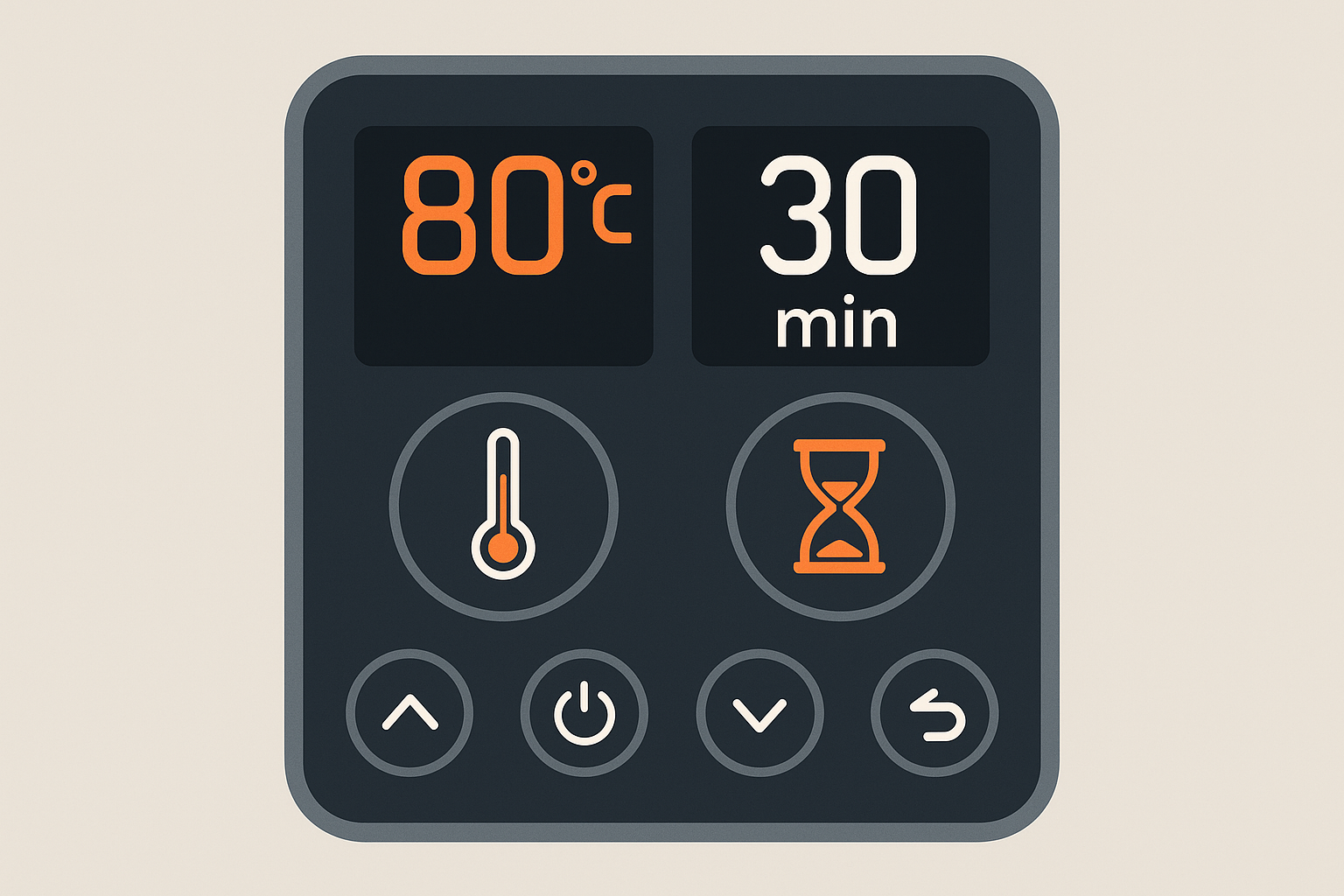
Wrapping This Up (Finally)
Here’s what I wish someone had told me when I started: both dry and wet saunas are incredible tools, but they’re different tools for different jobs. Understanding the differences lets you use them strategically instead of just randomly sweating.
The choice between dry sauna vs wet sauna isn’t just about personal preference – it’s about understanding how different environments trigger distinct responses in your body. From cellular water management and repair protein activation to electromagnetic interactions and microbial optimization, each environment offers unique benefits that can be strategically leveraged for specific health goals.
What excites me most about this research is how it validates both traditional Finnish sauna wisdom and modern steam room practices. Your ancestors weren’t just guessing when they developed these different heat therapy approaches – they were responding to real physiological differences that science is now beginning to explain.
Start with whatever feels more comfortable – wet sauna if you want gentle introduction, dry sauna if you like intensity. Once you’re consistent with one, experiment with the other.
The magic isn’t in perfect protocols or optimal temperatures. It’s in showing up regularly and listening to what your body needs that day. Some days you need the gentle embrace of steam, other days you need the challenging intensity of dry heat.
Your ancestors figured this out thousands of years ago without understanding heat shock proteins or electromagnetic spectrums. Sometimes the simple act of sweating in a hot room is enough. The science just helps us understand why it works so well.
The best sauna routine is the one you’ll actually do. Everything else is just details.


